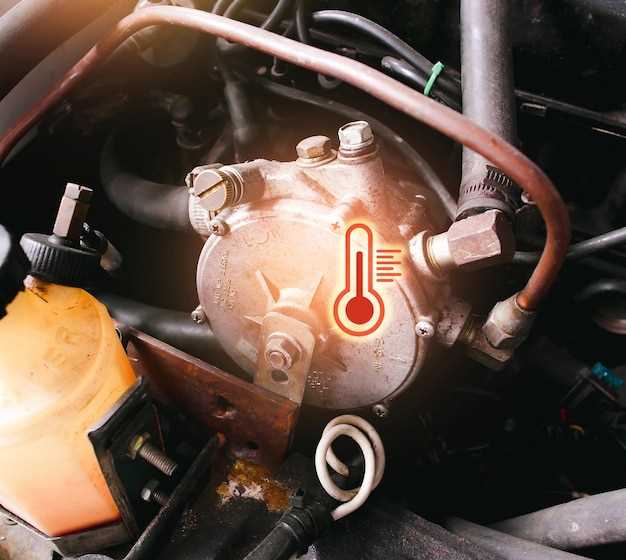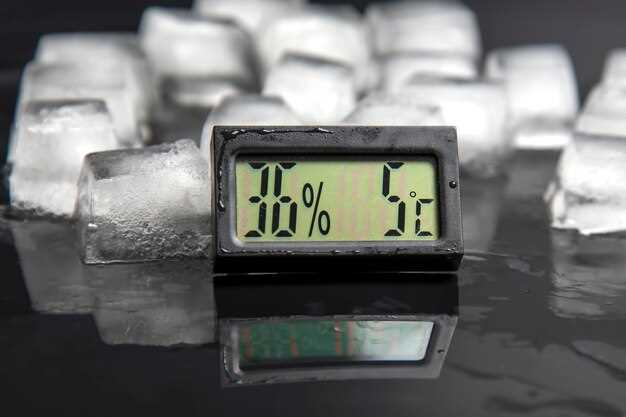
The engine of your vehicle is a marvel of engineering, but it operates optimally only when the cooling system is functioning properly. One of the most critical aspects of this system is the coolant, which helps regulate the engine temperature. Maintaining the correct levels of coolant is essential not just during the sweltering heat of summer, but throughout the entire year.
Coolant serves to absorb excess heat produced by the engine during combustion, preventing it from overheating. When coolant levels drop, the risk of engine overheating increases significantly, which can lead to severe damage. This makes regular monitoring of coolant levels crucial. A slight decrease might seem insignificant, but the consequences can be dire.
Furthermore, proper coolant maintenance enhances overall engine performance and efficiency. A well-cooled engine operates smoothly, ensuring that your vehicle runs efficiently, delivers optimal fuel consumption, and minimizes harmful emissions. In contrast, neglecting coolant maintenance can lead to a costly engine overhaul or even complete failure.
In summary, maintaining appropriate coolant levels is not just a seasonal task; it is a year-round commitment to the health of your engine and the longevity of your vehicle. Staying proactive can help avoid unforeseen repair costs and keep your vehicle running smoothly.
Understanding the Role of Coolant in Engine Temperature Regulation
The coolant, often referred to as antifreeze, plays a vital role in regulating the temperature of an engine. It circulates through the engine block, absorbing heat generated during combustion and ensuring optimal operating conditions are maintained.
As the engine runs, it produces substantial heat. Without an efficient cooling system, the engine’s temperature can rise to unsafe levels, potentially causing severe damage. The antifreeze lowers the freezing point of the coolant, preventing it from solidifying in cold weather, while raising the boiling point, allowing the engine to function effectively even under high temperatures.
Additionally, the coolant flow is regulated by the thermostat, which opens or closes based on the engine temperature. When the engine is cold, the thermostat remains closed, allowing the engine to warm up quickly. Once the optimal temperature is reached, the thermostat opens, enabling the antifreeze to circulate and dissipate excess heat.
Over time, the effectiveness of coolant can diminish due to contaminants and breakdown of its chemical properties. Therefore, regular maintenance and checking of coolant levels are essential to ensure the engine operates within its designed temperature range, preventing overheating and prolonging engine life.
In summary, antifreeze is crucial for engine temperature regulation, facilitating efficient thermal management and protecting components from extreme temperatures. Keeping coolant levels adequate throughout the year is essential for engine health.
Identifying Signs of Low Coolant and Preventative Measures

Maintaining appropriate coolant levels is crucial for engine efficiency and longevity. One of the first signs of low coolant is an overheating engine. If the temperature gauge reads higher than normal, it’s imperative to check the coolant level. Another indicator is the presence of steam or coolant leaks under the vehicle. Look for puddles of antifreeze, typically bright green or orange, as they can signify a leak in the cooling system.
Additionally, strange noises such as gurgling or hissing may reflect air trapped in the cooling system due to insufficient coolant. If you notice a consistently low coolant level without visible leaks, it may point to an internal leak, such as a blown head gasket. Regularly inspecting your coolant reservoir and hoses can help detect issues early.
To prevent low coolant levels, perform routine checks, especially before long trips or seasonal changes. Regularly topping off antifreeze and flushing the system every couple of years can help maintain optimal engine performance. Ensuring all components of the cooling system are in good condition will reduce the likelihood of leaks and overheating.
Investing a little time in preventive measures can save considerable costs and extend the life of your engine, ensuring smooth operation throughout the year.
Choosing the Right Antifreeze for Year-Round Performance

Selecting the appropriate antifreeze is essential for optimal engine cooling performance throughout the year. The right antifreeze not only protects against freezing temperatures but also prevents overheating in warmer climates.
When choosing antifreeze, consider the following factors:
- Type: There are various types of antifreeze available, including ethylene glycol and propylene glycol. Ethylene glycol is more common and offers better cooling properties, while propylene glycol is considered more environmentally friendly.
- Compatibility: Ensure that the antifreeze you select is compatible with your vehicle’s engine materials. Some antifreeze formulations can cause damage to certain metals and rubber components.
- Boiling and Freezing Points: Look for antifreeze with a wide temperature range suitable for both summer and winter. A proper mix of antifreeze and water typically ensures protection against freezing down to -34°F (-37°C) and boiling up to 265°F (129°C).
- Additives: Quality antifreeze contains additives that prevent corrosion and maintain pH balance in the cooling system. Check for products that include inhibitors for long-term protection.
It’s important to regularly check and maintain the antifreeze levels in your vehicle’s cooling system. Neglecting this can lead to engine damage and costly repairs. Always follow your manufacturer’s recommendations for the appropriate type and mixture of antifreeze.
In conclusion, choosing the right antifreeze is crucial for maintaining engine cooling efficiency and ensuring reliable performance in all weather conditions.

